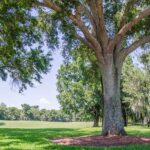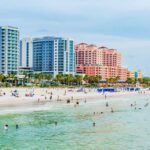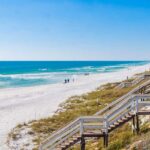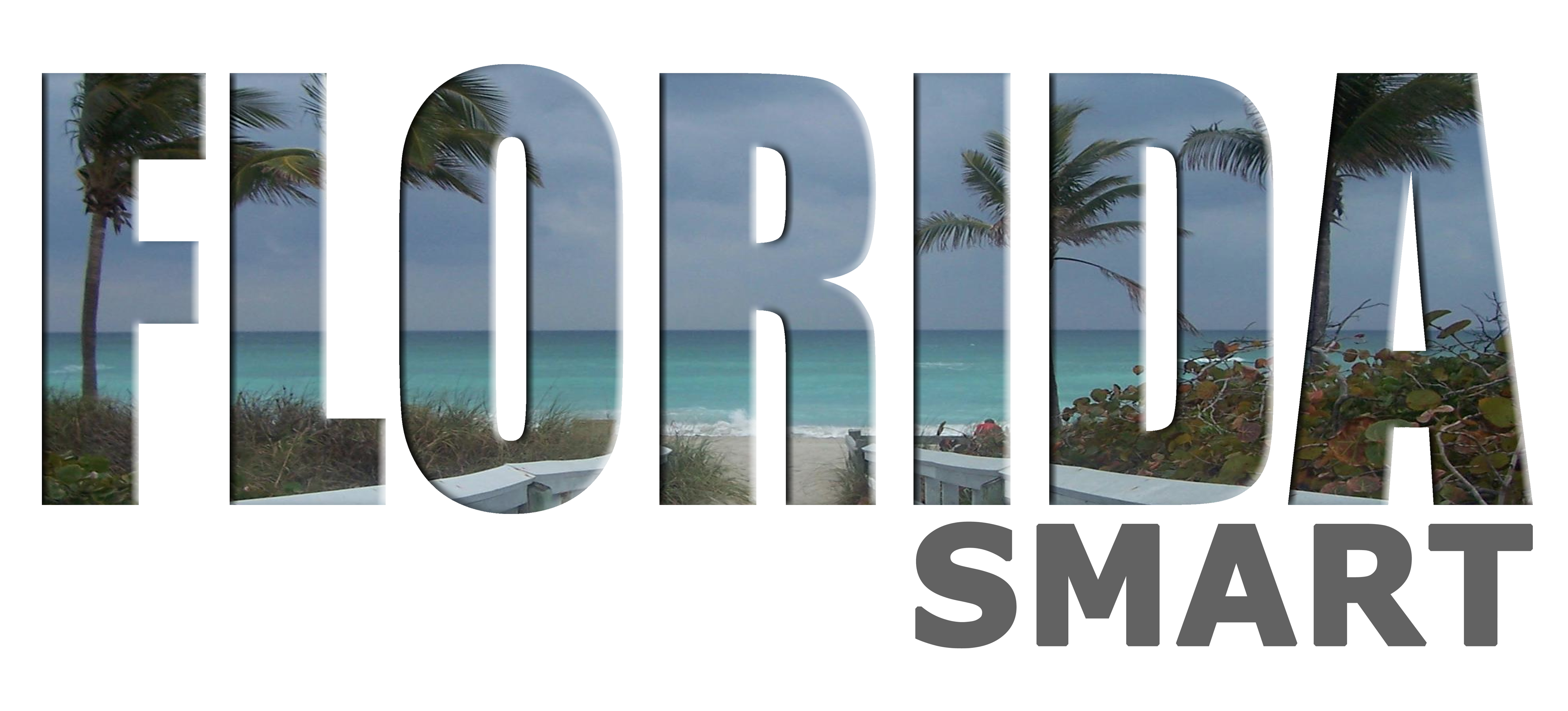Sanibel Island is a serene and enchanting retreat, located in Lee County in Southwest Florida and is part of Cape Coral-Fort Myers Metropolitan Statistical Area, captivating visitors with its pristine beaches, abundant wildlife, and a unique blend of laid-back charm and natural beauty.
Sanibel is renowned for its shell-strewn beaches, making it a haven for shell enthusiasts and beachcombers. The island’s unique orientation allows it to catch an abundance of seashells along its shores, creating a paradise for those seeking to collect these treasures. Bowman’s Beach, Blind Pass Beach, and Lighthouse Beach are among the many spots where visitors can enjoy long walks along the sandy shores and indulge in the art of shelling.
| Quick Links & Facts
|
History & Culture
The history of Sanibel Island is a captivating tale that unfolds against a backdrop of pristine beaches, abundant wildlife, and a serene coastal atmosphere. From its early Calusa Indian inhabitants to the modern-day sanctuary for nature lovers, Sanibel has evolved into a cherished destination along Florida’s Gulf Coast.
Long before the arrival of European explorers, Sanibel Island was inhabited by the Calusa Indians, a Native American tribe known for their complex civilization along the southwest coast of Florida. The Calusa thrived on the abundant resources provided by the Gulf of Mexico and the surrounding estuaries, crafting intricate shell tools and artifacts. Evidence of their presence, including shell mounds and artifacts, offers glimpses into the island’s pre-European history.
In the early 16th century, Spanish explorers, including Ponce de León and Hernando de Soto, ventured into the Gulf Coast region. While there is no evidence of permanent Spanish settlements on Sanibel, the island was part of the broader Spanish colonial landscape in Florida.
In the late 19th century, American settlers began to establish a presence on Sanibel Island. The island’s rich soil and subtropical climate made it suitable for agriculture, and pioneers engaged in farming, cultivating crops such as pineapples, tomatoes, and limes. The community slowly took shape, with the Sanibel School opening its doors in 1896 to serve the needs of the growing population.
One of Sanibel’s iconic landmarks, the Sanibel Island Lighthouse, was constructed in 1884. The lighthouse served as a beacon for maritime navigation and played a crucial role in guiding ships safely through the waters of the Gulf of Mexico.
In the late 19th and early 20th centuries, a unique chapter in Sanibel’s history unfolded with the arrival of the Koreshan Unity, a utopian community led by Dr. Cyrus Teed. The Koreshans established a settlement on the southern tip of the island, known as the Koreshan State Historic Site today. While their utopian vision did not fully materialize, remnants of their presence, including historical structures, offer a glimpse into this intriguing period.
In the mid-20th century, Sanibel’s transformation into an environmental sanctuary began to take shape. Conservationists and environmentalists recognized the island’s natural beauty and unique ecosystems. The Ding Darling National Wildlife Refuge, established in 1945 and named after the renowned political cartoonist and environmentalist J.N. “Ding” Darling, became a cornerstone of efforts to preserve the island’s natural habitats.
In 1967, the Sanibel-Captiva Conservation Foundation (SCCF) was founded, further emphasizing the commitment to environmental conservation. The foundation has played a crucial role in protecting the island’s ecosystems, conducting research, and fostering a sense of environmental stewardship among residents and visitors.
Today, Sanibel Island is celebrated for its unspoiled beaches, thriving wildlife, and commitment to environmental conservation. The city’s zoning regulations, including strict building codes and limitations on commercial development, reflect a dedication to maintaining the island’s natural beauty and preserving its unique character.
Popular Points of Interest
The Sanibel Island Lighthouse, standing as a sentinel overlooking the Gulf, is both a historic landmark and a picturesque site. Lighthouse Point Beach offers a tranquil setting for visitors to enjoy the breathtaking sunsets and panoramic views of the Gulf. Sanibel’s historical sites, including the Sanibel Historical Village and Museum, provide insights into the island’s past and the pioneers who shaped its development.
Browse Our Florida Regional Directory for businesses and places in the area
Click here to add your business
Ft Myers Florida Metro Area Business Directory
Automotive – Boating & Marine – Animal & Pets – Insurance – Financial – Legal Services – Digital Media – more
Things to Do
For nature lovers, the J.N. “Ding” Darling National Wildlife Refuge is a must-visit destination on Sanibel Island. This pristine refuge is home to a diverse array of wildlife, including migratory birds, dolphins, manatees, and alligators. Visitors can explore the refuge through guided tram tours, nature walks, and kayaking adventures, gaining a deeper appreciation for the island’s rich ecological diversity.
Sanibel is a paradise for cyclists and outdoor enthusiasts. The island boasts an extensive network of paved bike paths, allowing visitors to explore the island’s natural beauty at a leisurely pace. The Sanibel-Captiva Conservation Foundation offers nature trails and preserves, providing opportunities for hiking and birdwatching amid the lush landscapes.
Sanibel Island embraces a thriving arts scene, with numerous galleries and art studios showcasing the work of local and international artists. Periwinkle Place and the Sanibel Art and Frame gallery are popular destinations where visitors can peruse a diverse collection of paintings, sculptures, and crafts inspired by the island’s natural beauty.
Travel & Attractions – Places to Stay – Transportation
Nearby airports include Page Field (FMY) offering private and chartered domestic flights and Southwest Florida International Airport (RSW) with direct international and domestic flights.
Shopping & Dining
Sanibel’s quaint shopping districts, such as Periwinkle Place and Tahitian Gardens, offer charming boutiques and specialty stores. Visitors can explore a variety of shops showcasing unique gifts, clothing, and art, allowing them to bring a piece of Sanibel’s charm home with them.
Sanibel’s culinary scene reflects the island’s coastal elegance. From seafood shacks serving freshly caught delights to upscale waterfront restaurants, the dining options on Sanibel cater to a variety of tastes. Visitors can savor the flavors of the Gulf with a side of breathtaking views, creating a delightful dining experience.
Community & Culture
Health & Personal Care
Home & Living
Sanibel Island, renowned for its natural beauty, pristine beaches, and environmental preservation, offers a unique real estate landscape that harmoniously integrates with the island’s idyllic surroundings. From luxurious waterfront estates to charming beachside cottages, Sanibel’s diverse real estate options cater to a range of preferences, creating a haven for those seeking a tranquil oasis in Southwest Florida.
Thinking about moving to the Fort Myers area? Click here
Ft Myers Florida Metro Area Business Directory
Businesses & Organizations in Lee County, FL
Who we are
We are locals and writers who love to research, explore and share information about Florida. Our goal is simple. To share the positive things that make the area unique. To be real without an agenda. And to support a strong local community.
All images on this page copyright © FloridaSmart.com or as noted








